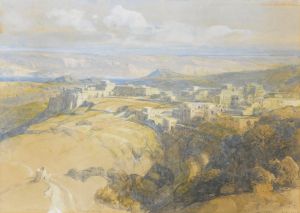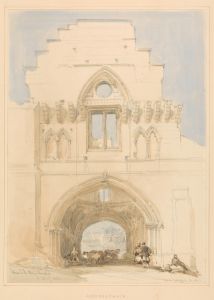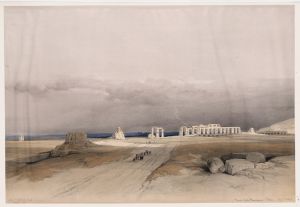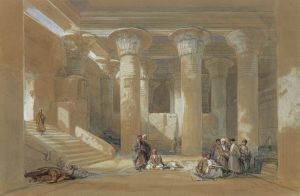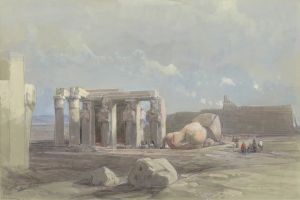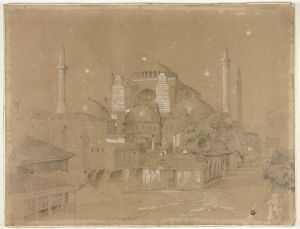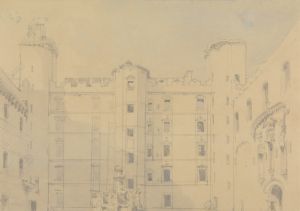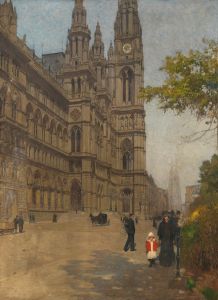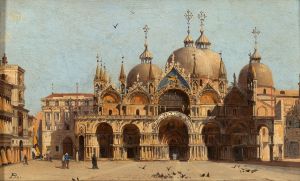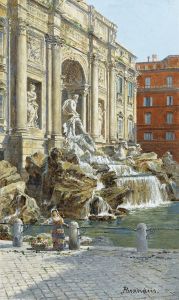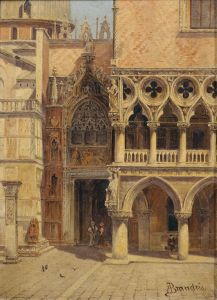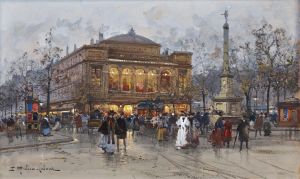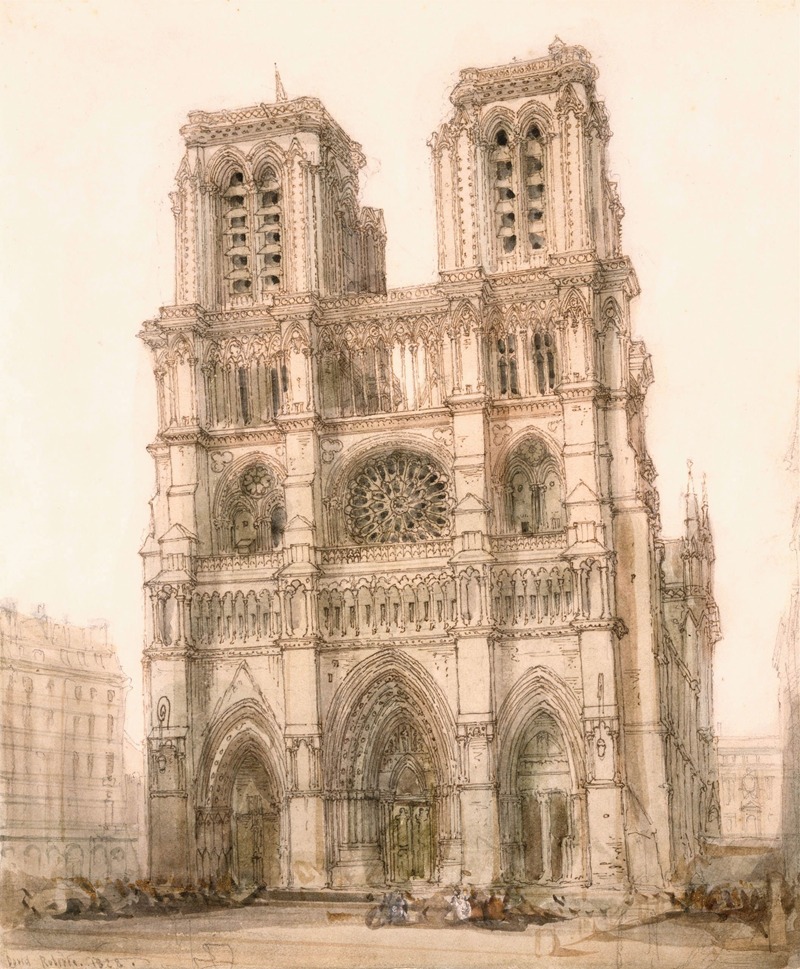
Nôtre Dame, Paris.
A hand-painted replica of David Roberts’s masterpiece Nôtre Dame, Paris., meticulously crafted by professional artists to capture the true essence of the original. Each piece is created with museum-quality canvas and rare mineral pigments, carefully painted by experienced artists with delicate brushstrokes and rich, layered colors to perfectly recreate the texture of the original artwork. Unlike machine-printed reproductions, this hand-painted version brings the painting to life, infused with the artist’s emotions and skill in every stroke. Whether for personal collection or home decoration, it instantly elevates the artistic atmosphere of any space.
David Roberts' painting "Nôtre Dame, Paris" is a notable work by the Scottish painter and lithographer, who is renowned for his detailed and picturesque depictions of architectural landmarks. David Roberts was born on October 24, 1796, in Stockbridge near Edinburgh, Scotland, and he became one of the most prominent landscape and architectural painters of the 19th century. His works are celebrated for their accuracy, detail, and the romantic quality they bring to the scenes depicted.
"Nôtre Dame, Paris" captures the iconic cathedral of Notre-Dame de Paris, one of the most famous Gothic cathedrals in the world. Located on the Île de la Cité in the heart of Paris, Notre-Dame is a masterpiece of French Gothic architecture and has been a central symbol of Paris since its construction began in 1163 under the reign of King Louis VII. The cathedral was largely completed by 1345, although it has undergone various modifications and restorations over the centuries.
Roberts' painting of Notre-Dame is distinguished by its meticulous attention to architectural detail and its ability to convey the grandeur and historical significance of the cathedral. The painting likely dates from the mid-19th century, a period when Roberts was actively traveling and painting various European landmarks. During this time, he produced a series of works that documented the architectural splendors of Europe, including those in France, Spain, and Italy.
In "Nôtre Dame, Paris," Roberts captures the cathedral's imposing façade, characterized by its twin towers, intricate stone carvings, and the famous rose window. The painting may also include elements of the surrounding environment, such as the Seine River, which flows past the cathedral, and the bustling life of Parisian streets. Roberts' use of light and shadow enhances the three-dimensional quality of the architecture, bringing the stonework to life and emphasizing the cathedral's majestic presence.
David Roberts' works, including "Nôtre Dame, Paris," are significant not only for their artistic merit but also for their historical value. They provide a visual record of important architectural sites before the advent of modern photography. Roberts' paintings were often reproduced as lithographs, making them accessible to a wider audience and contributing to his reputation as a leading artist of his time.
Today, Roberts' paintings are held in various public and private collections around the world. His depiction of Notre-Dame de Paris remains a testament to his skill as an artist and his dedication to capturing the beauty and history of the world's architectural treasures.





